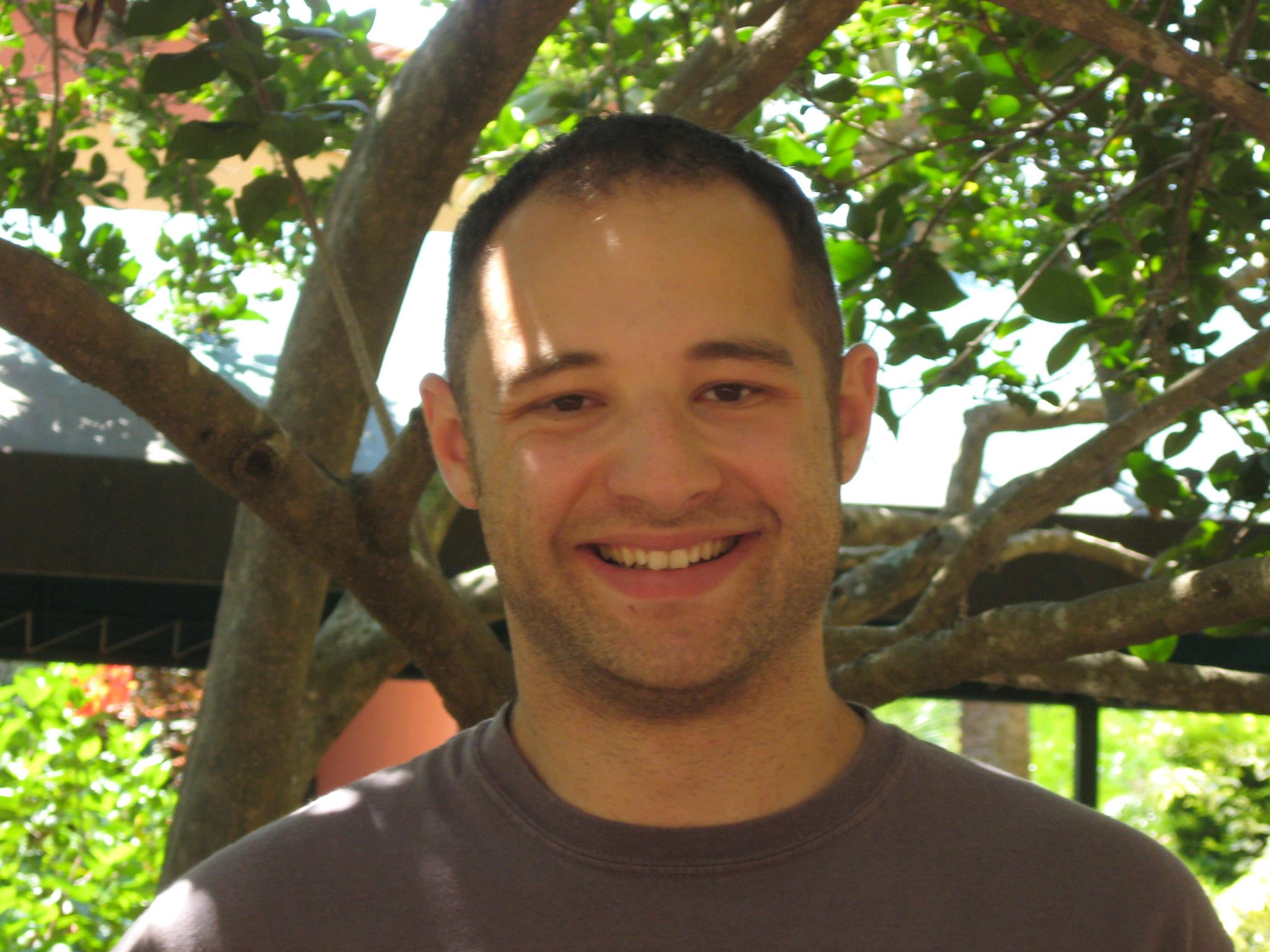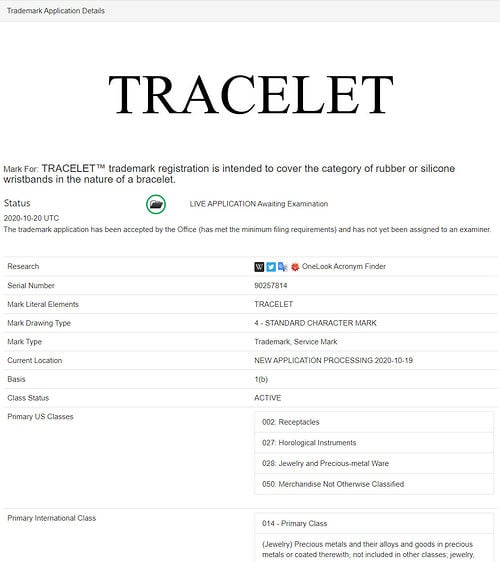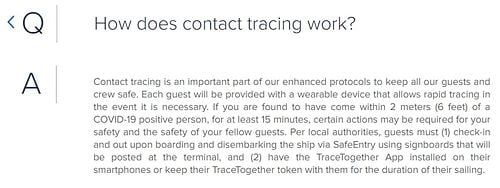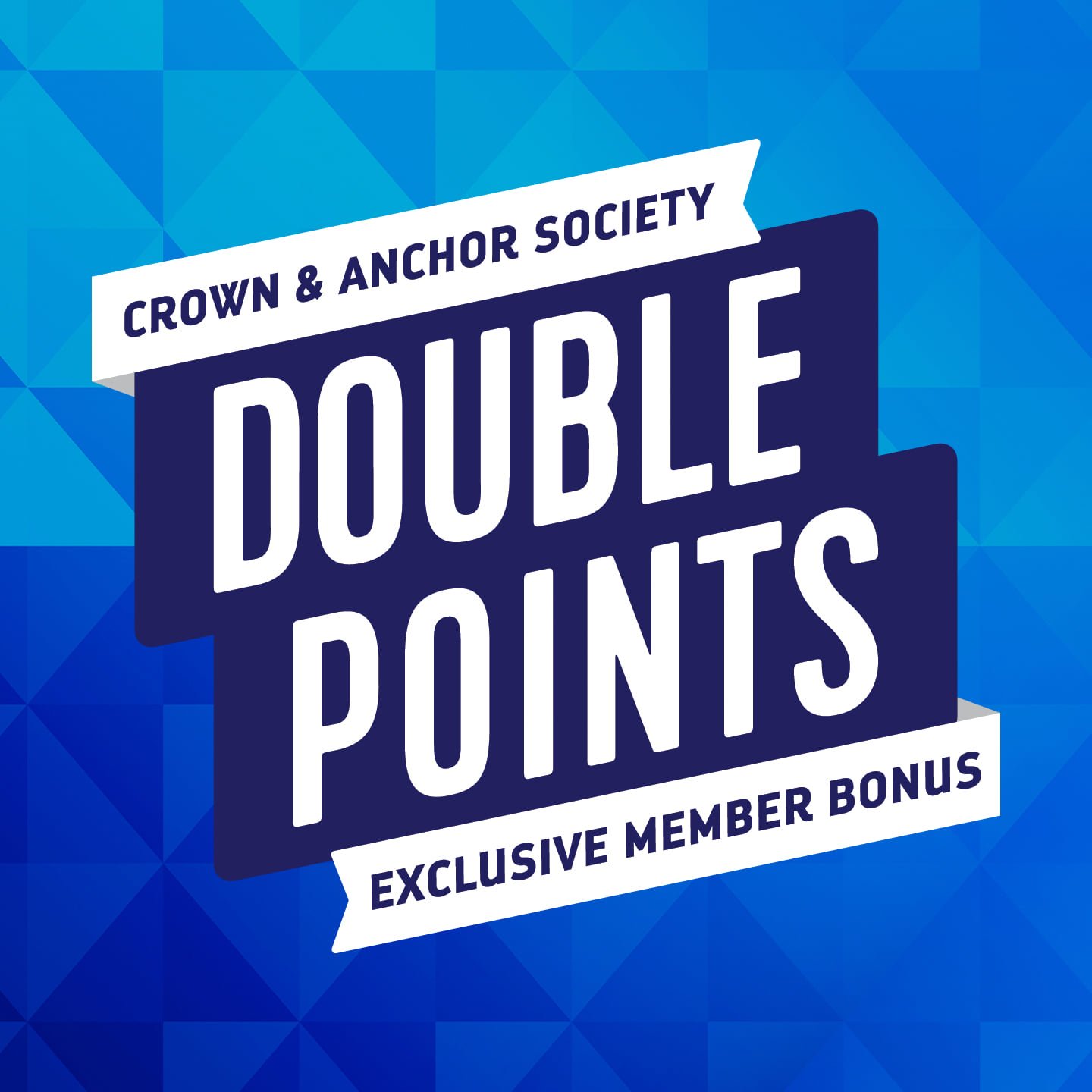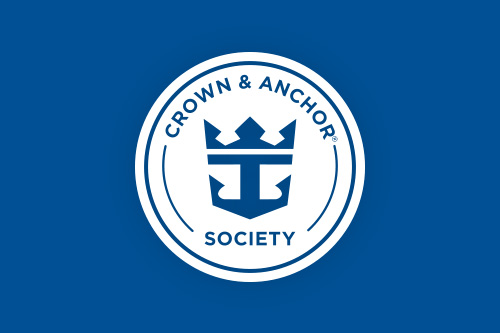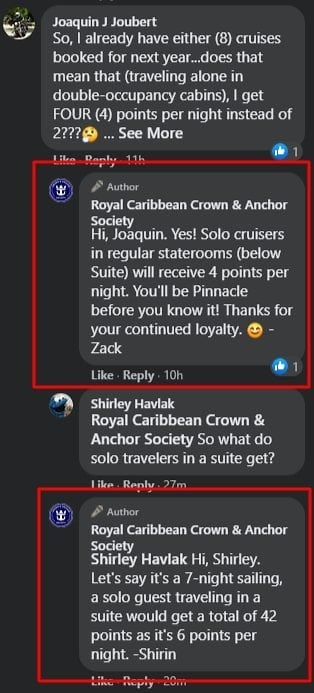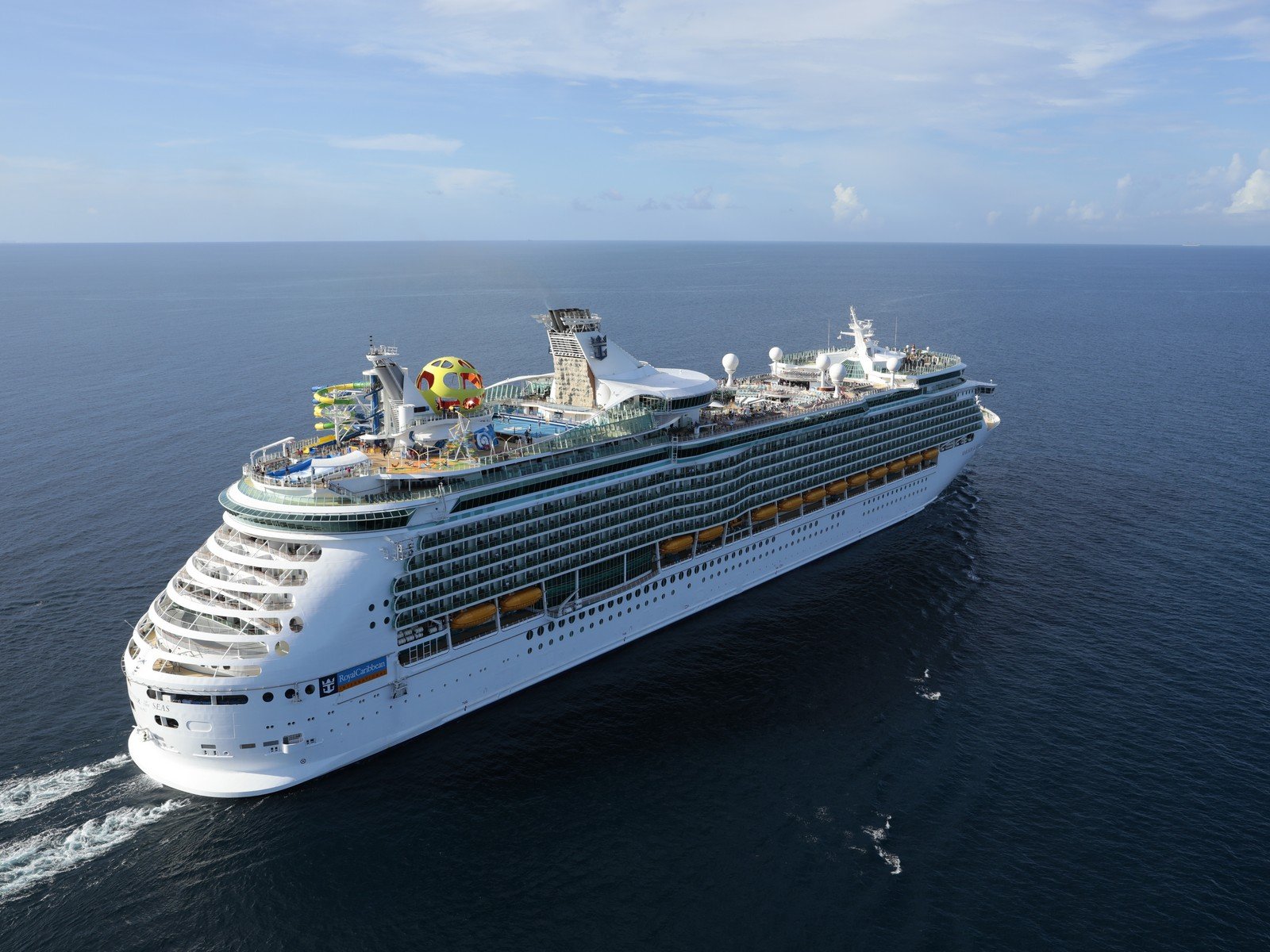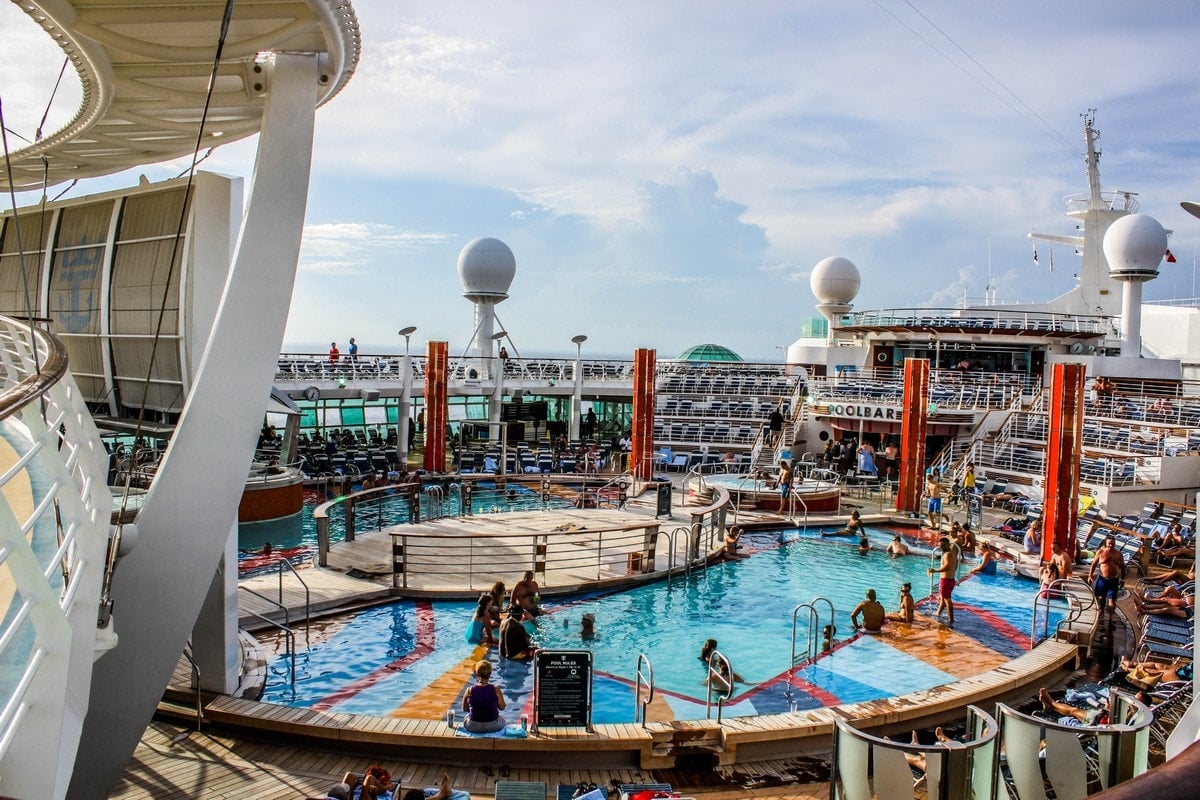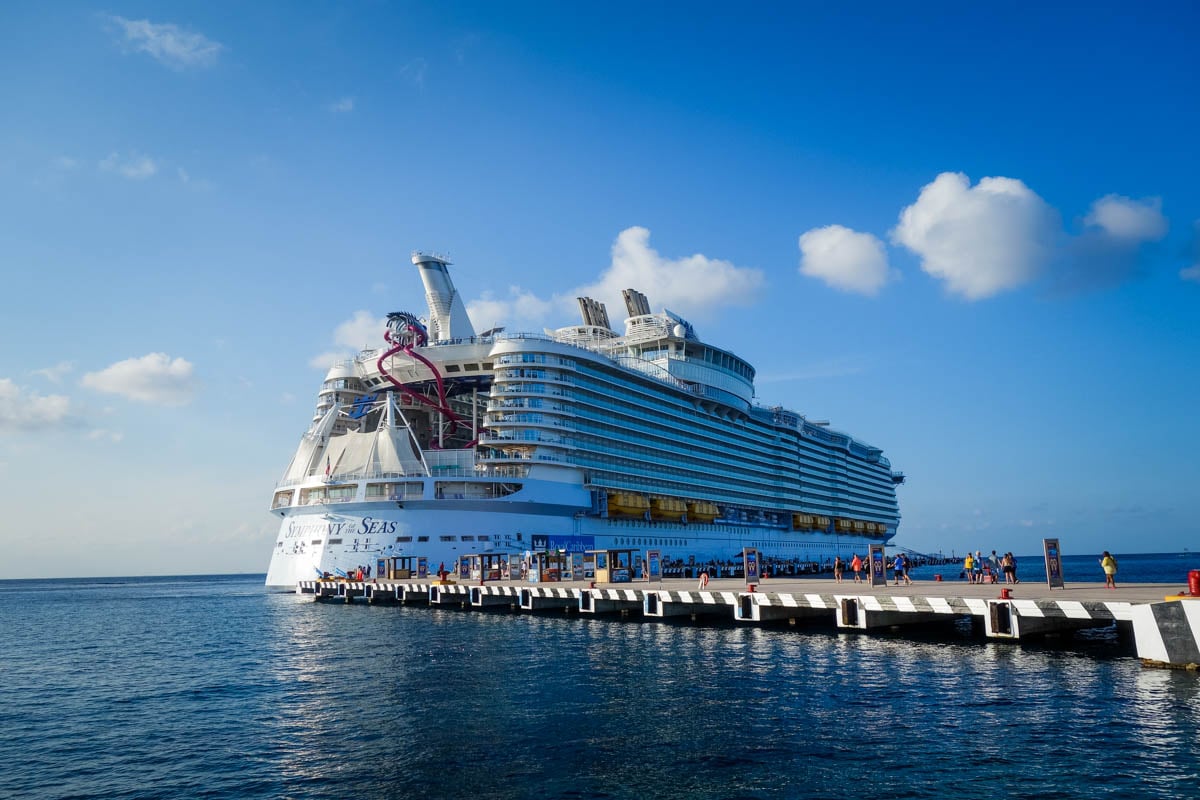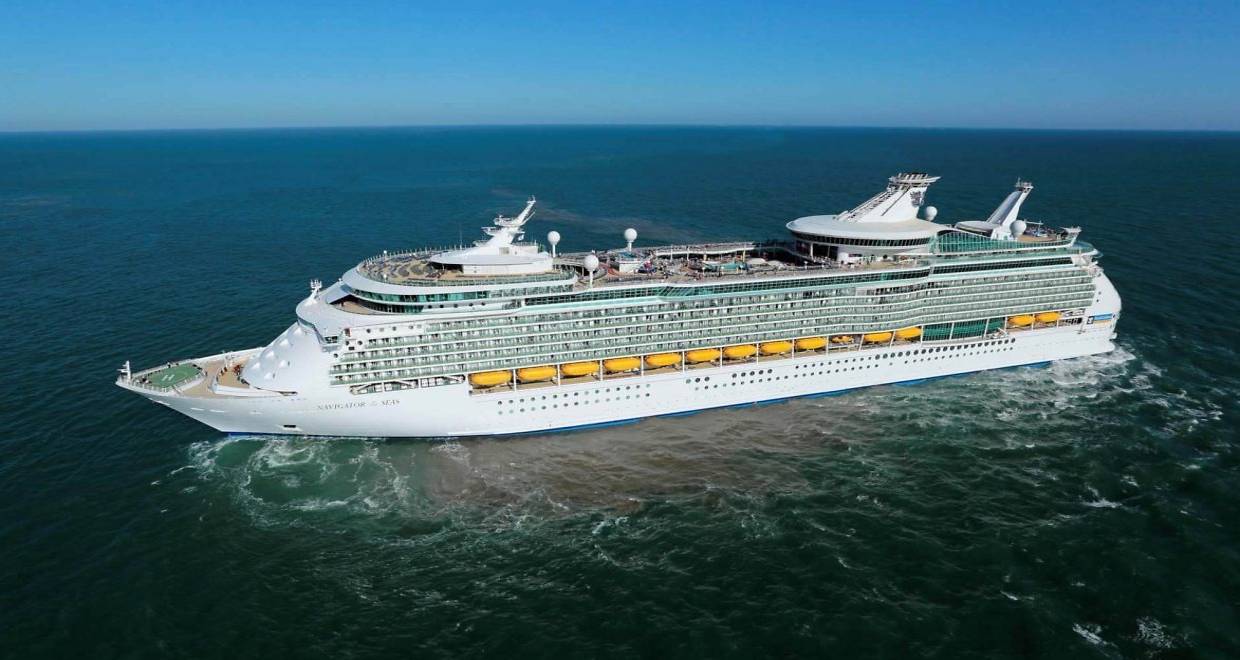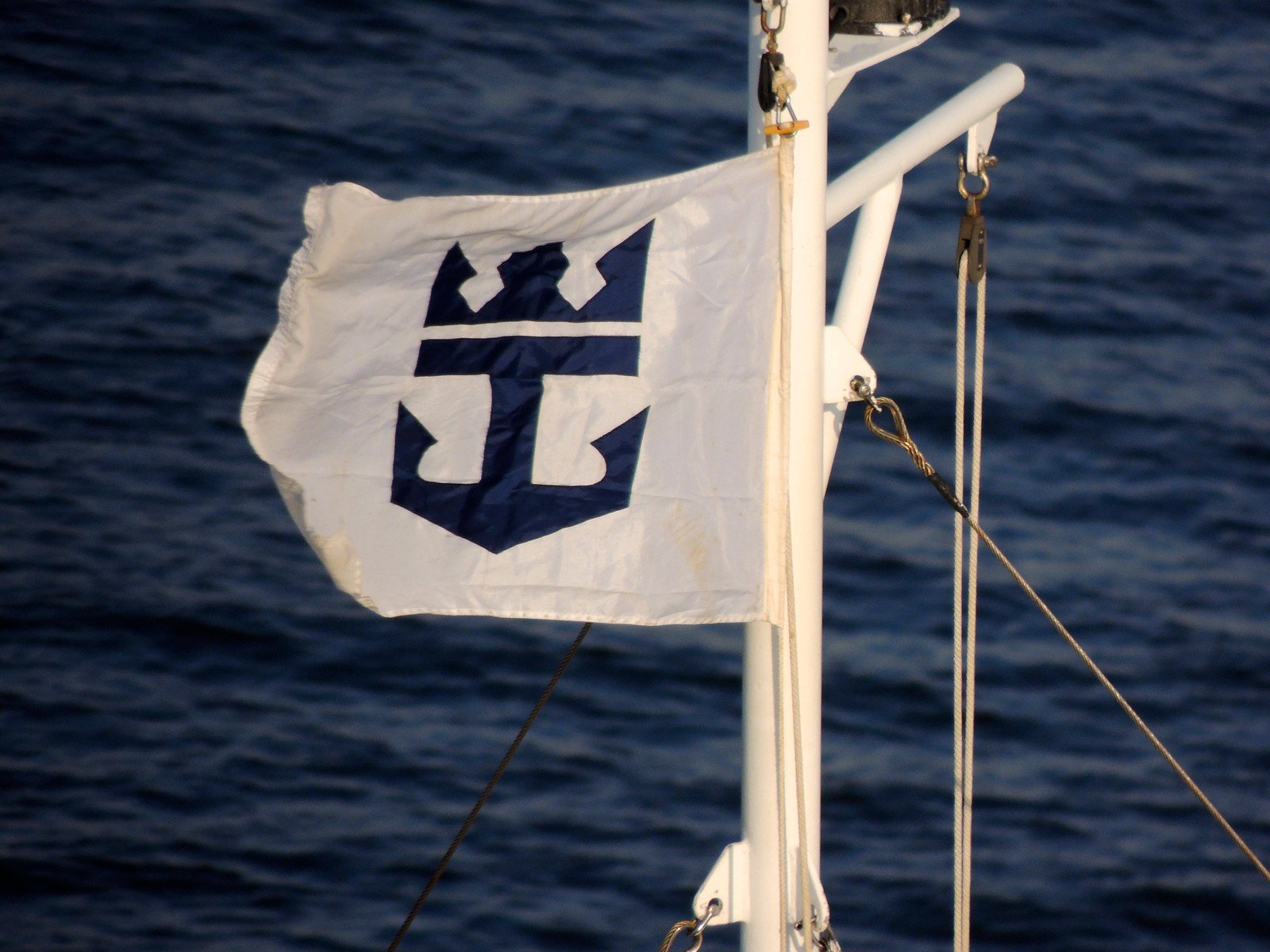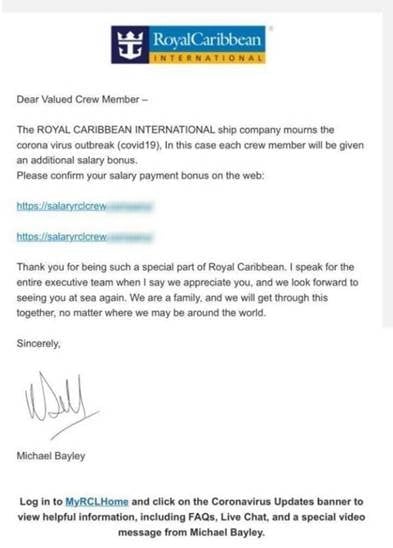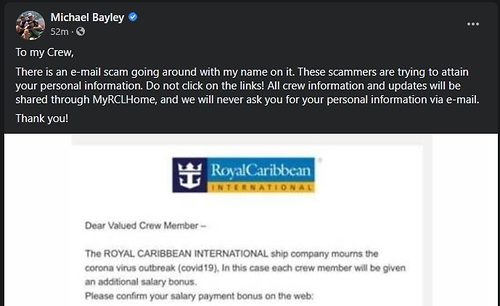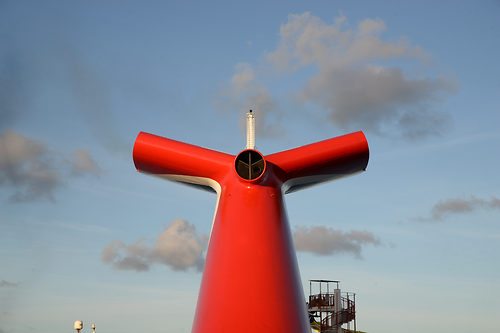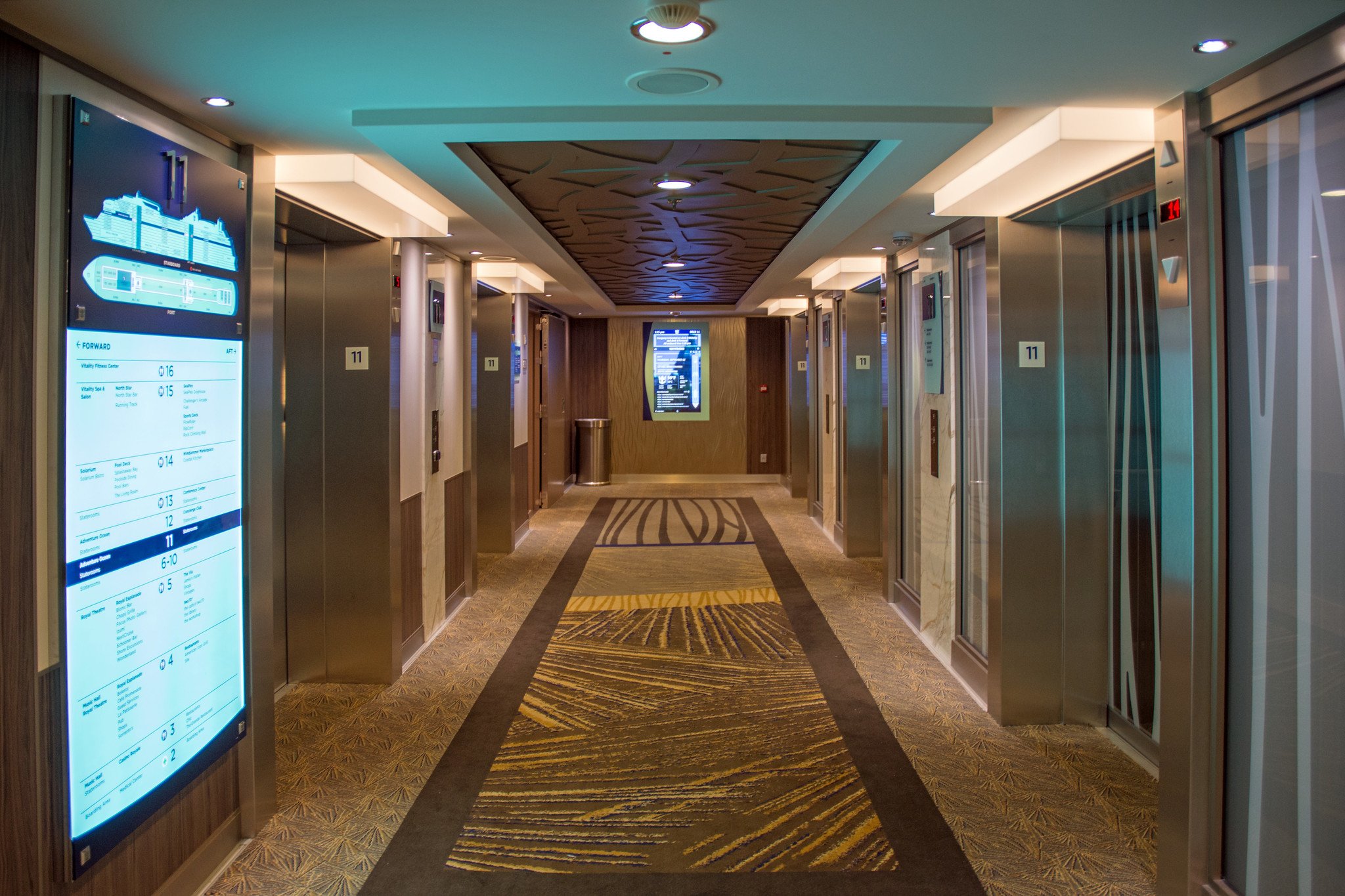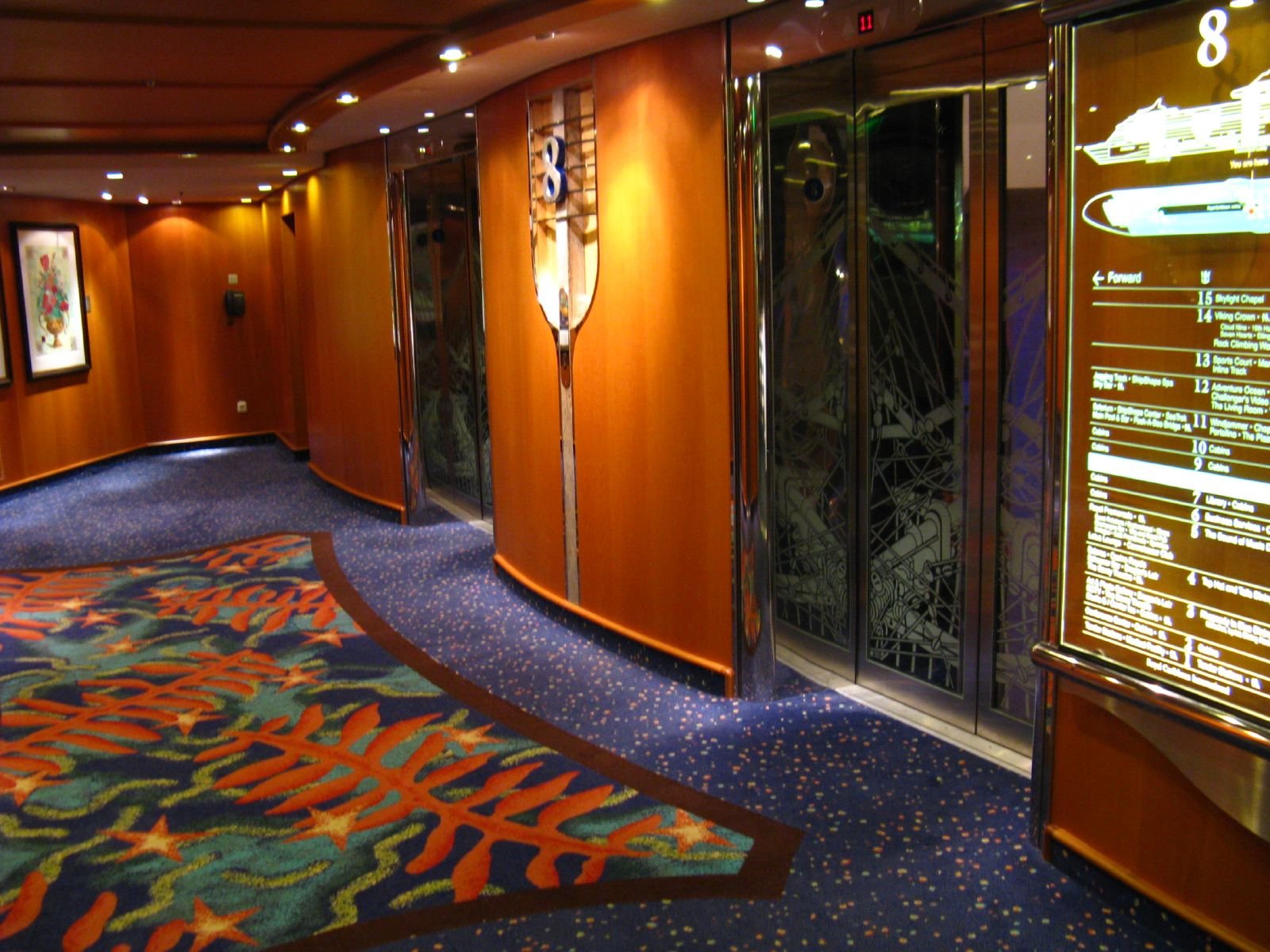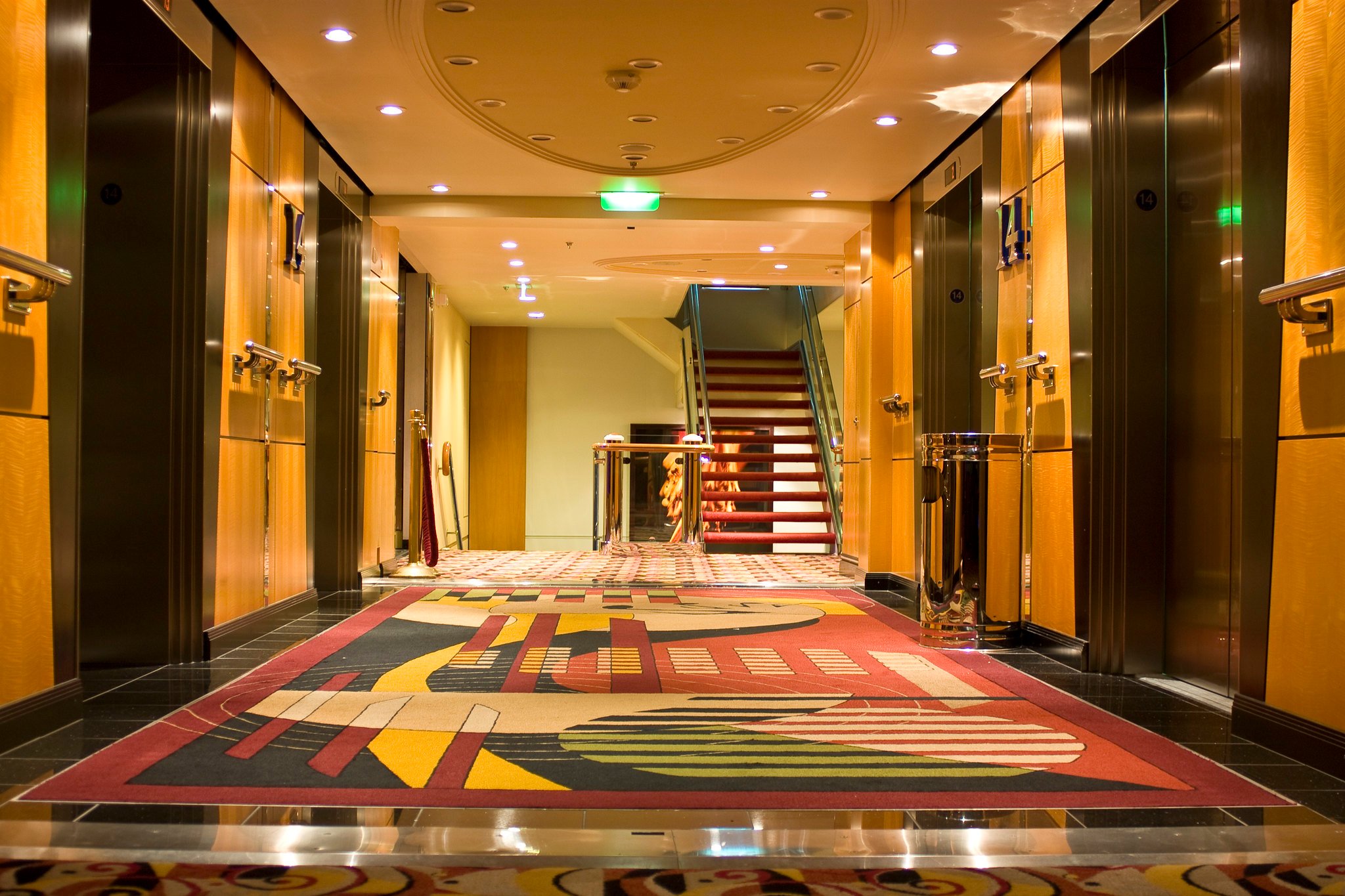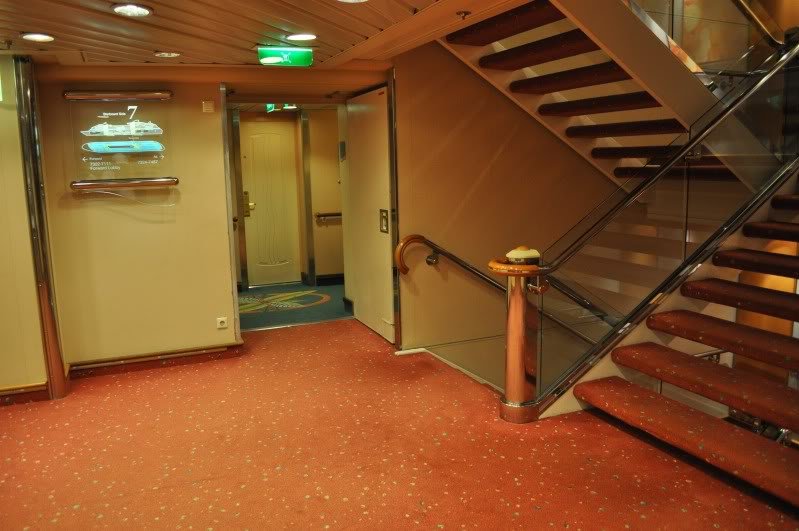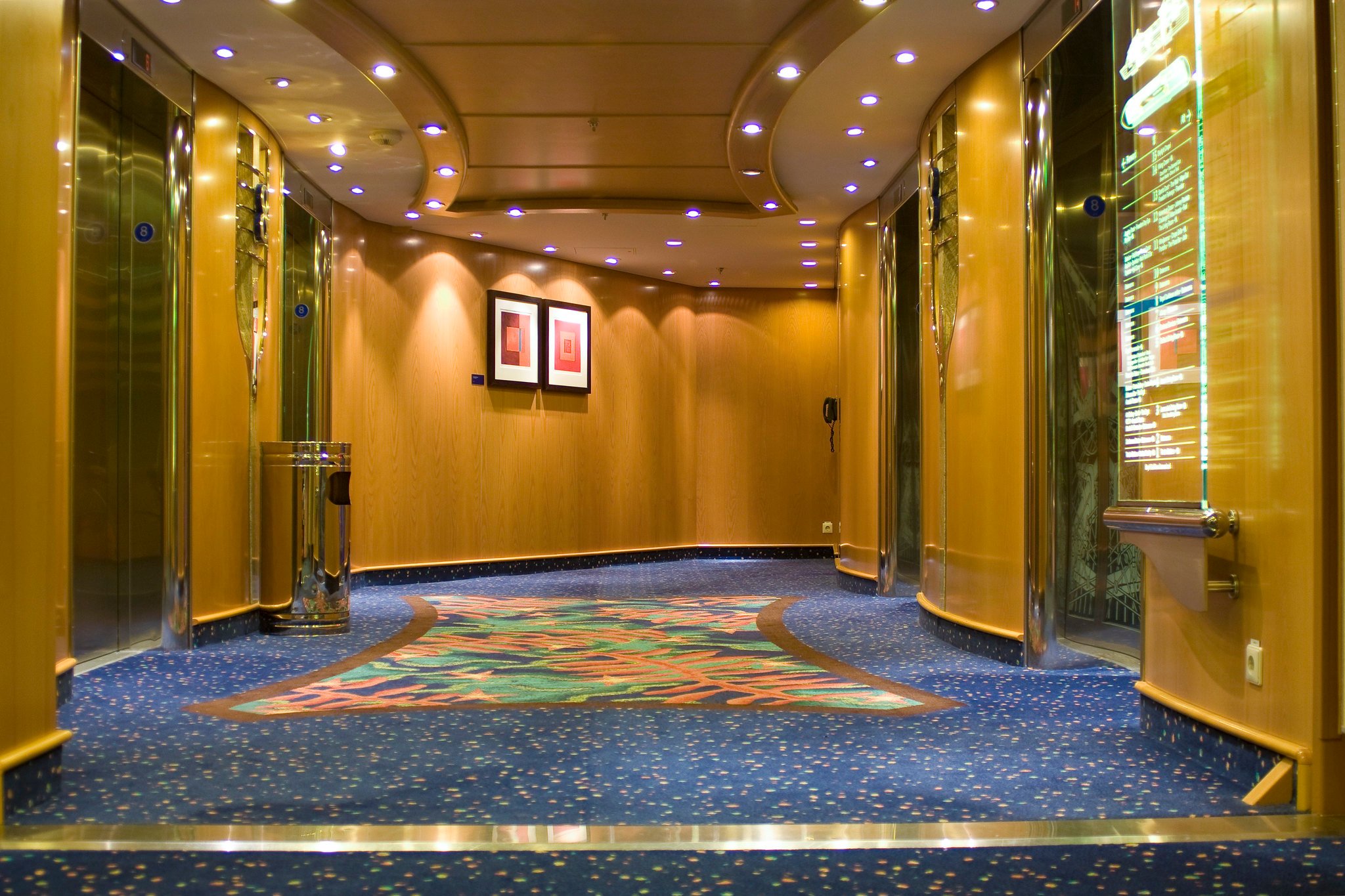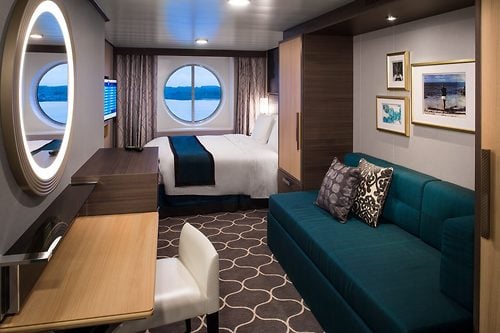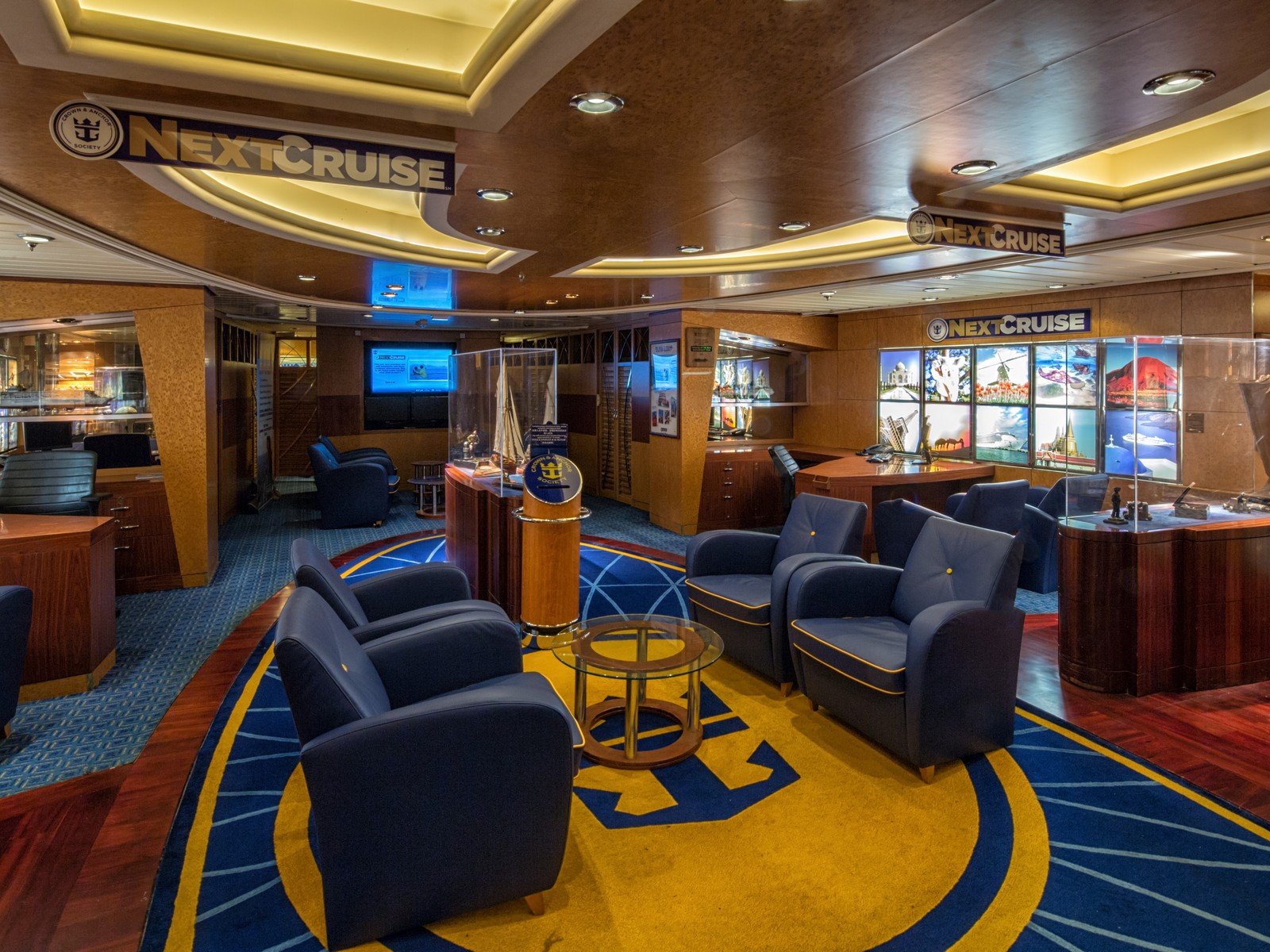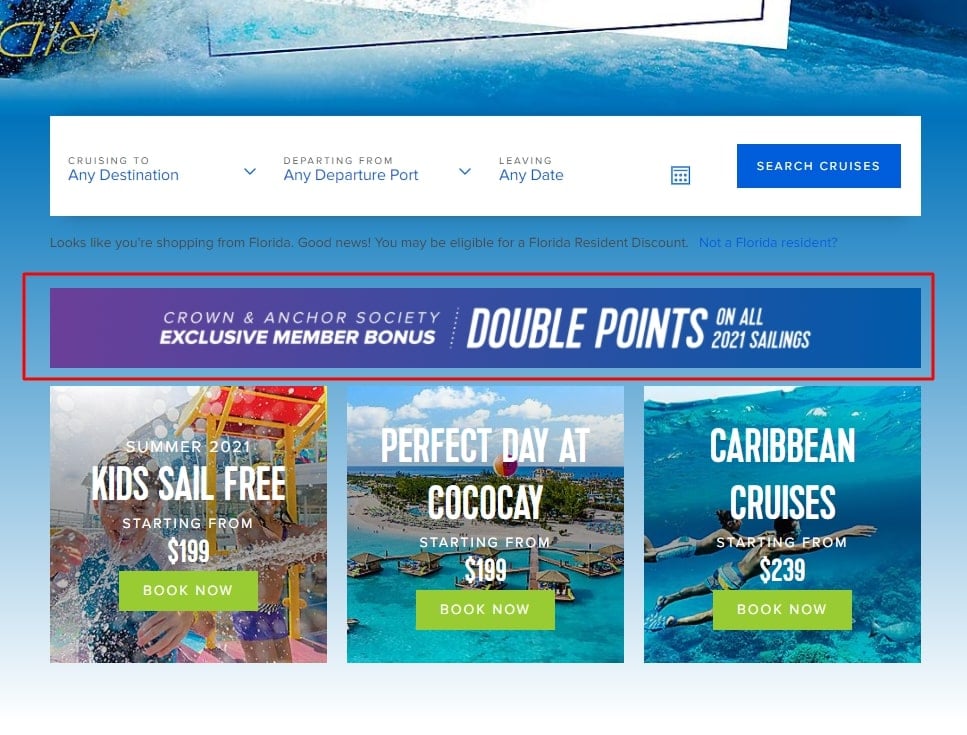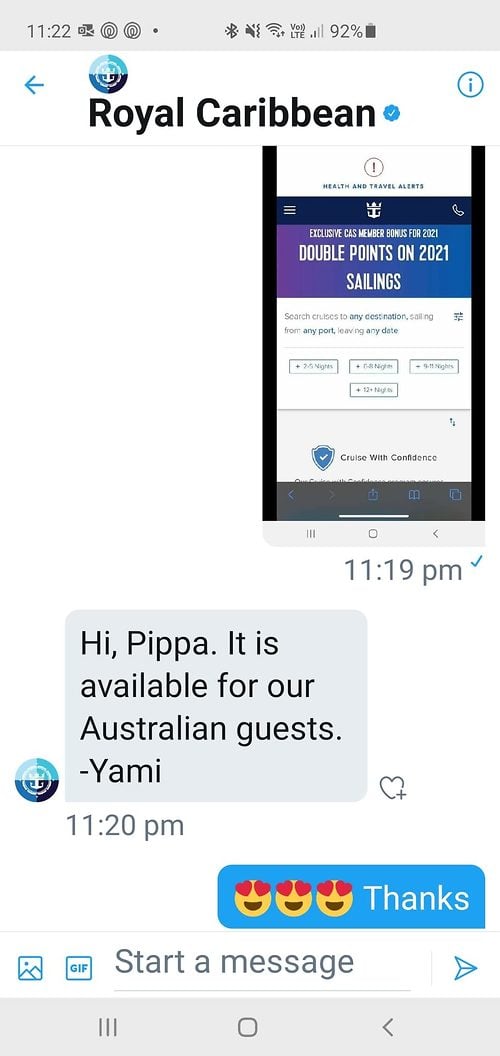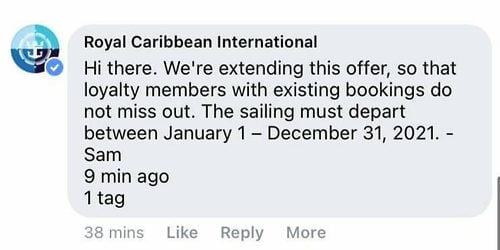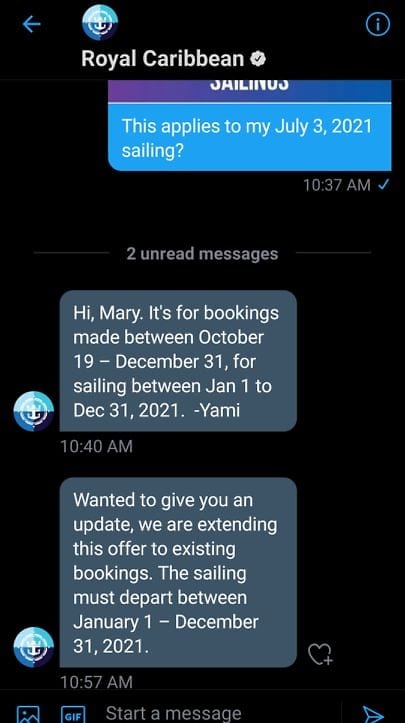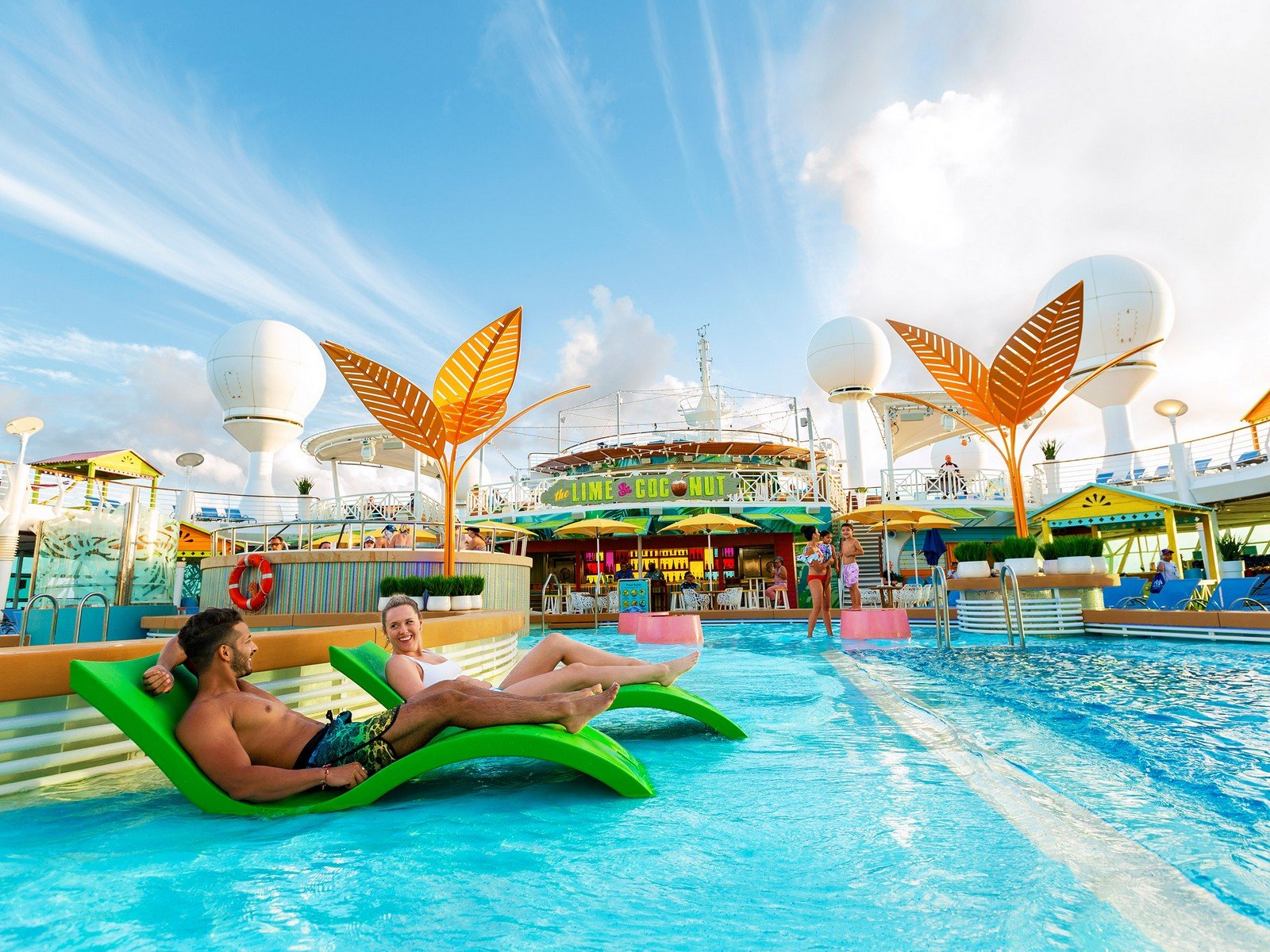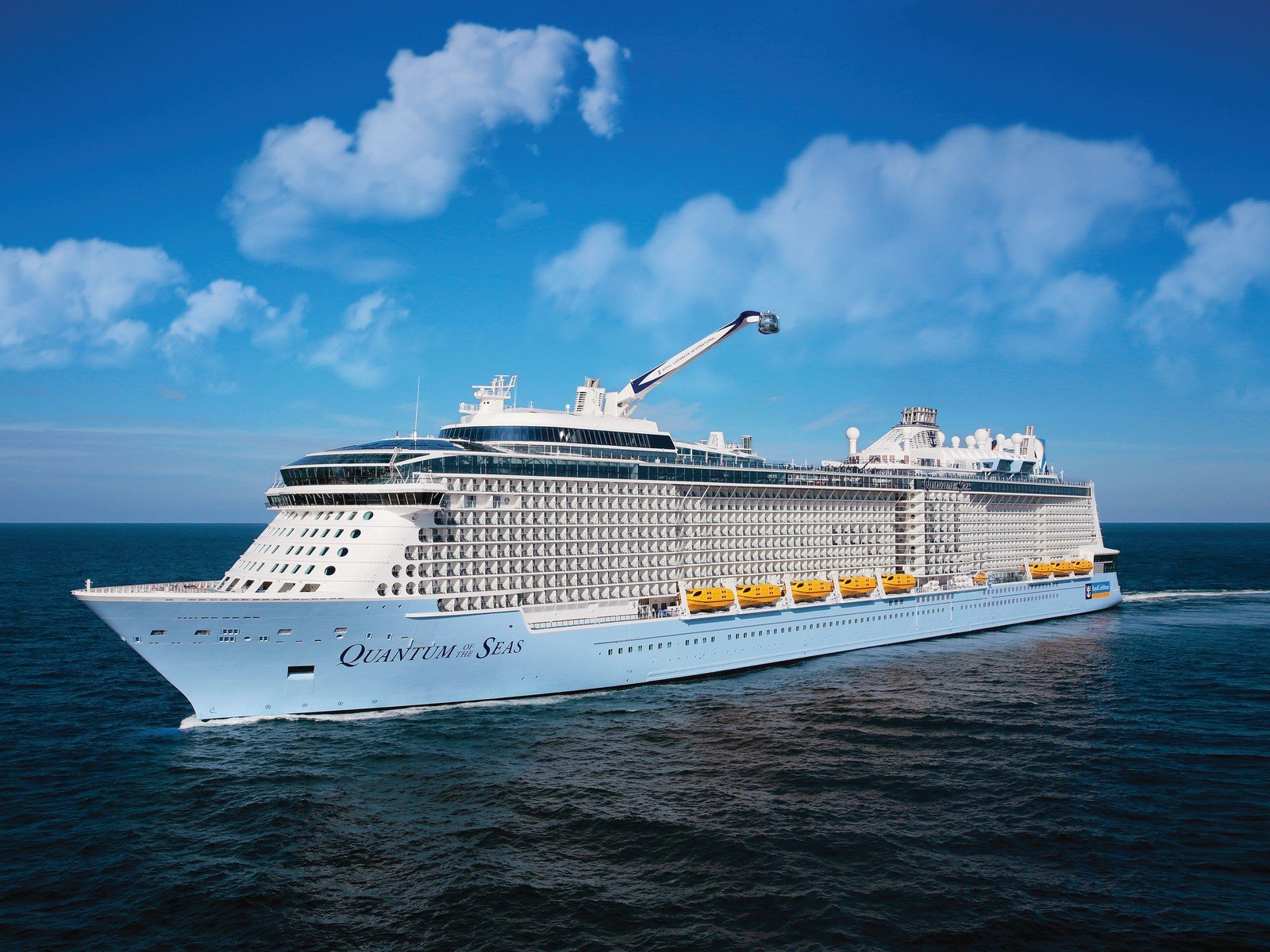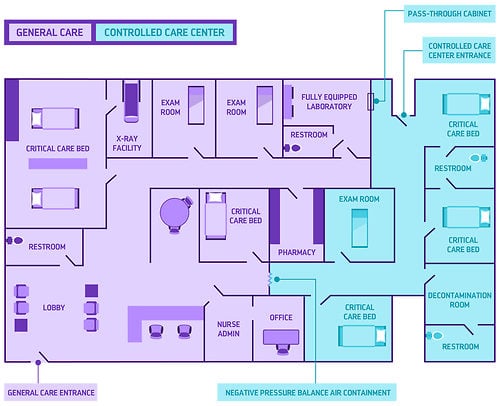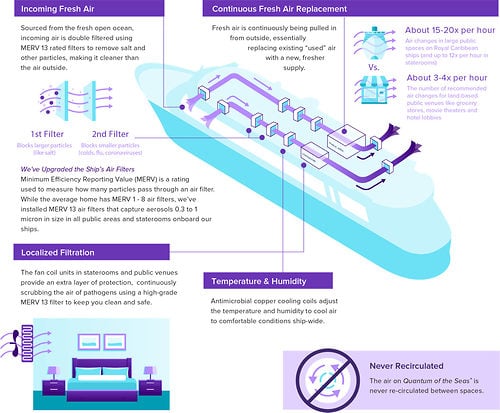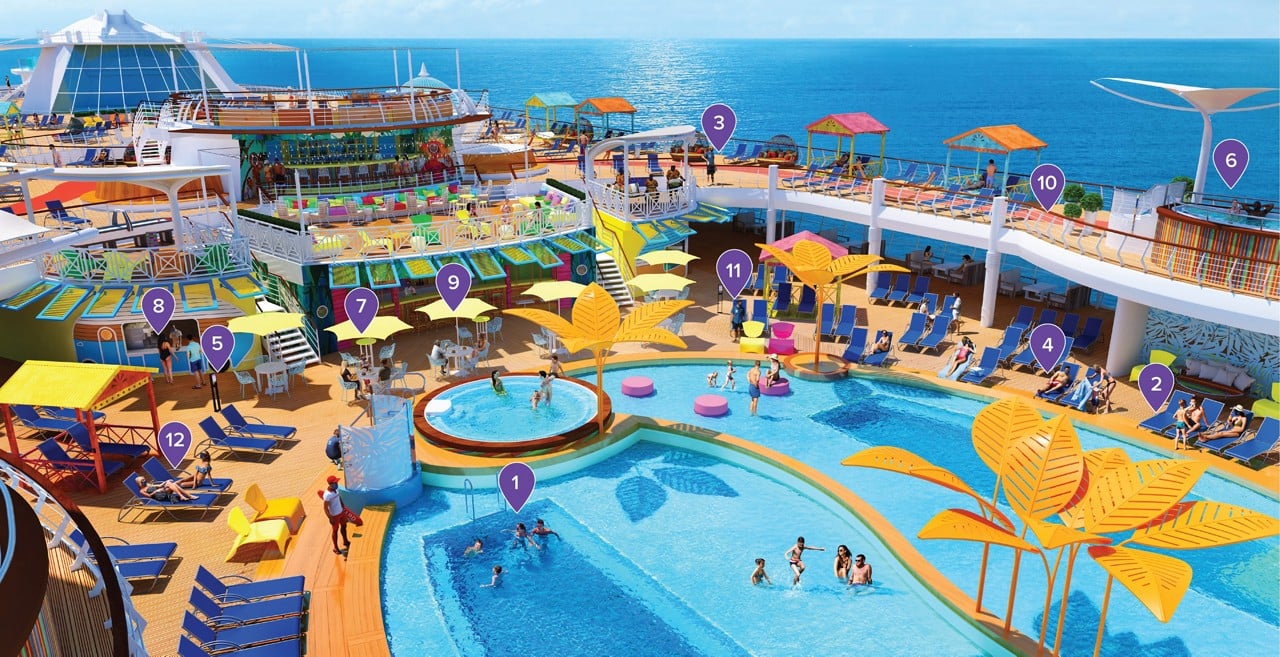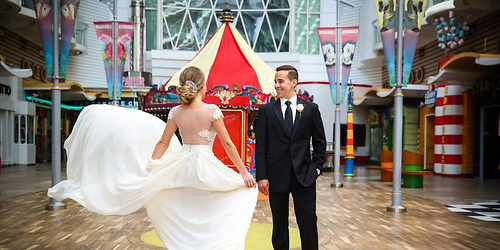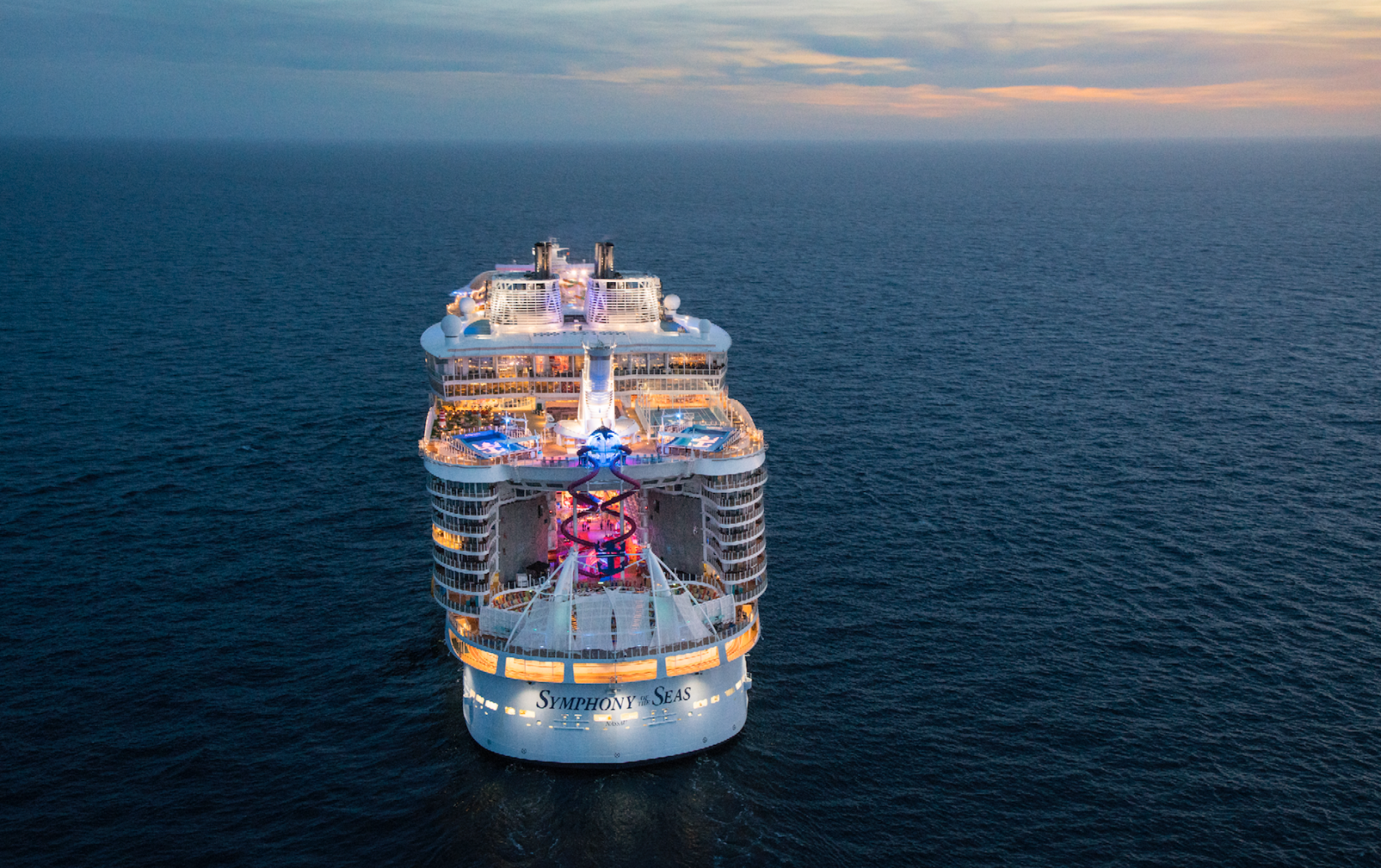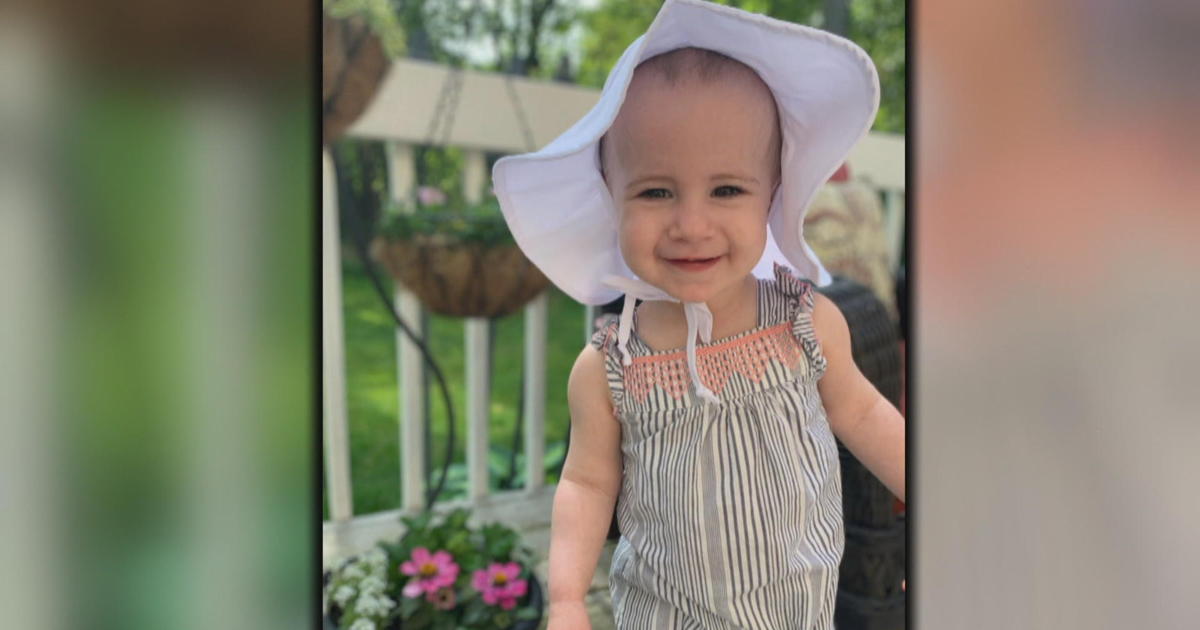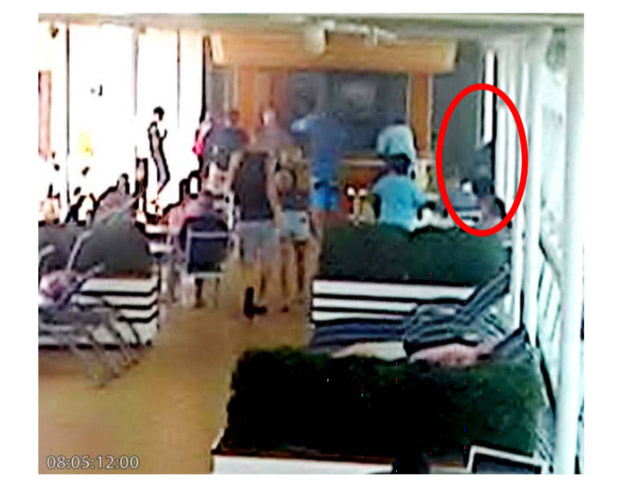Odyssey of the Seas construction photo update - October 20, 2020
In:It has been a few weeks, but we have an updated construction photo to share of the progress being made on Odyssey of the Seas.
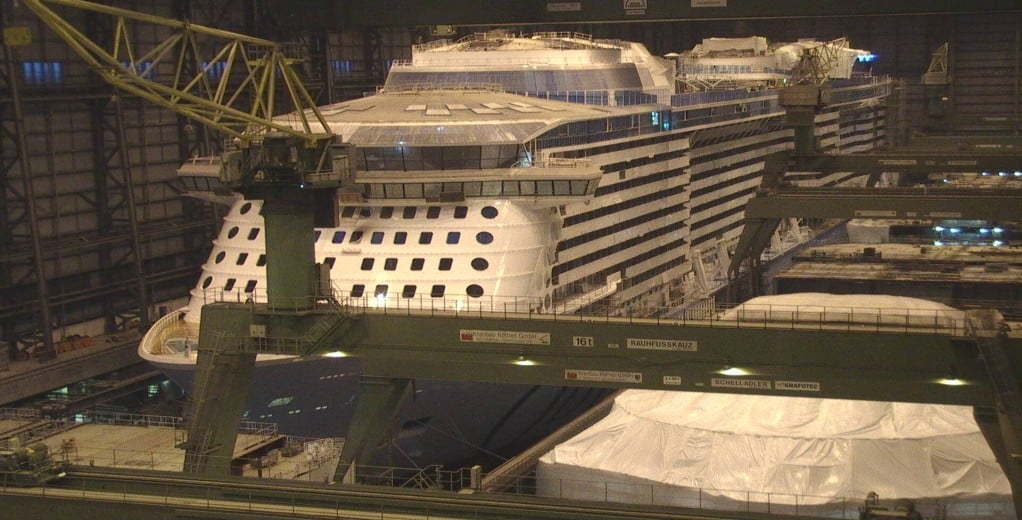
October 10 photo
The Meyer Werft shipyard webcam was updated this week, following a nearly month-long absence of new photo updates. However, the new photo is labeled as from October 10, so it may simply be a "not as old as the previous photo" update.
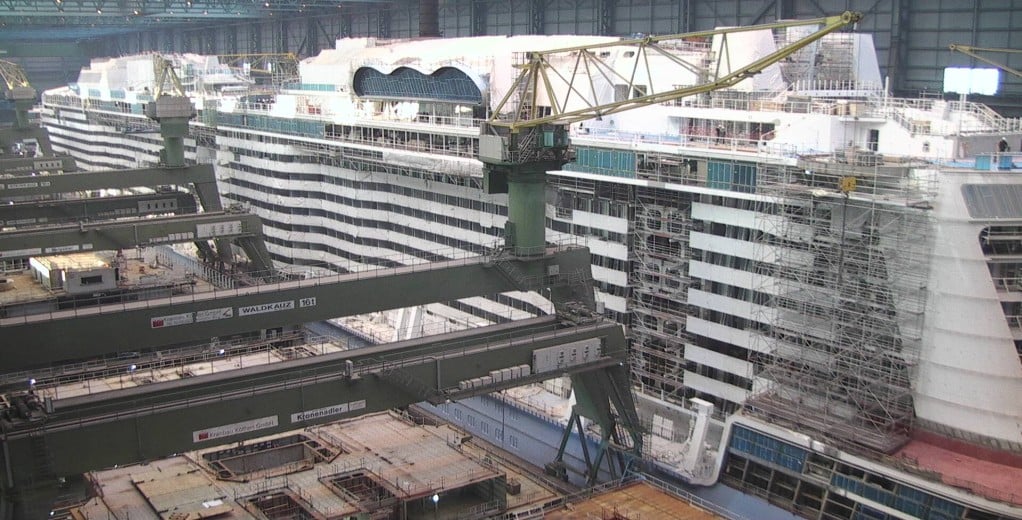
September 22 photo
This new photo is from the other end of Hall 6, with a good look at the bow of Odyssey of the Seas.
In a SEC filing last week, Royal Caribbean indicated that Odyssey of the Seas will be delivered within the planned time frame. The new ship has been delayed once due to the impact of the global health crisis.
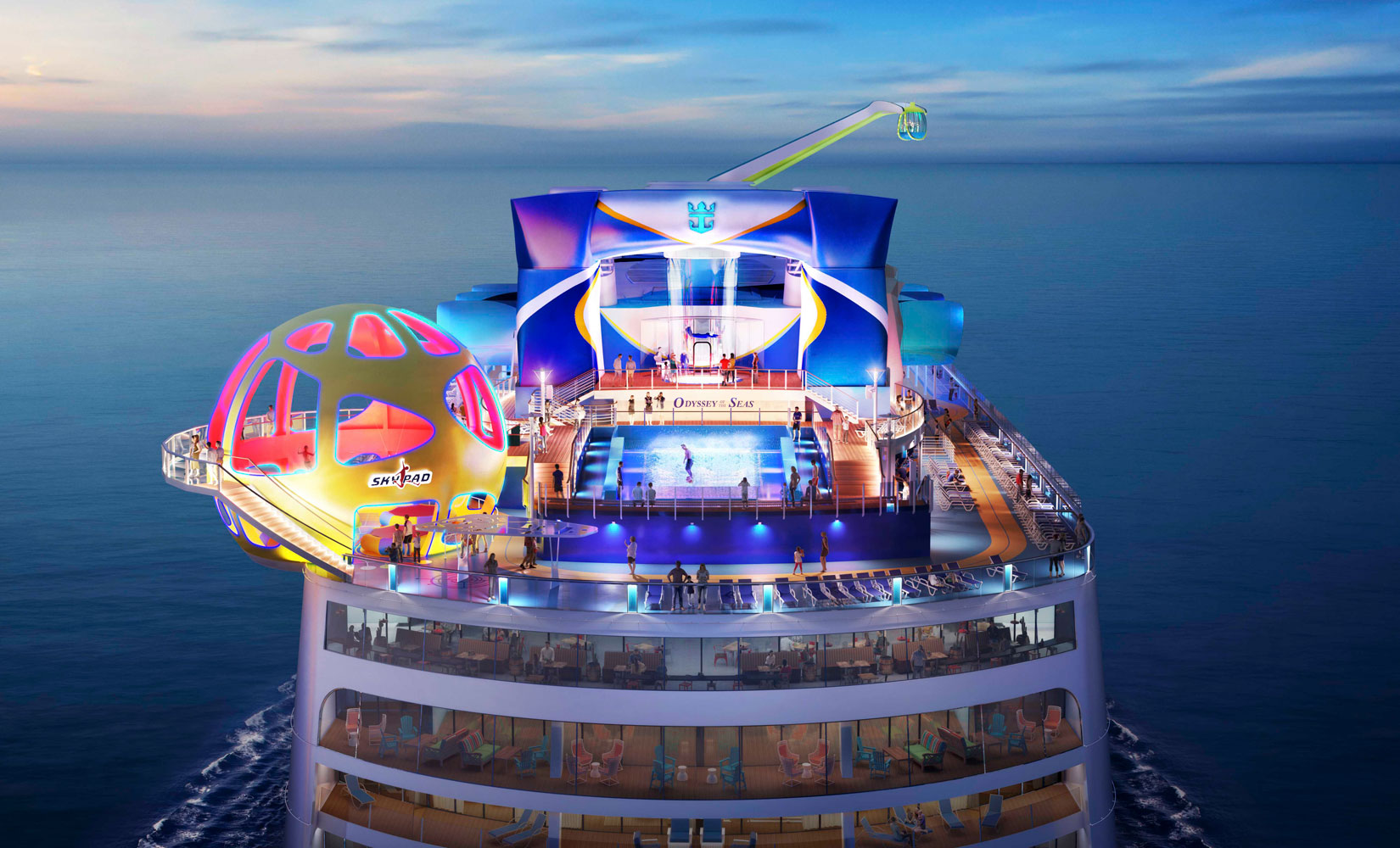
Odyssey of the Seas will be Royal Caribbean's second Quantum Ultra Class cruise ship, and first to sail from Europe and North America.
She will debut with European cruises out of Rome in Summer 2021.
After her inaugural season in Europe, Odyssey will then continue its inaugural year in Fort Lauderdale, FL with 8- and 6-night Caribbean itineraries.
What is special about Odyssey of the Seas?
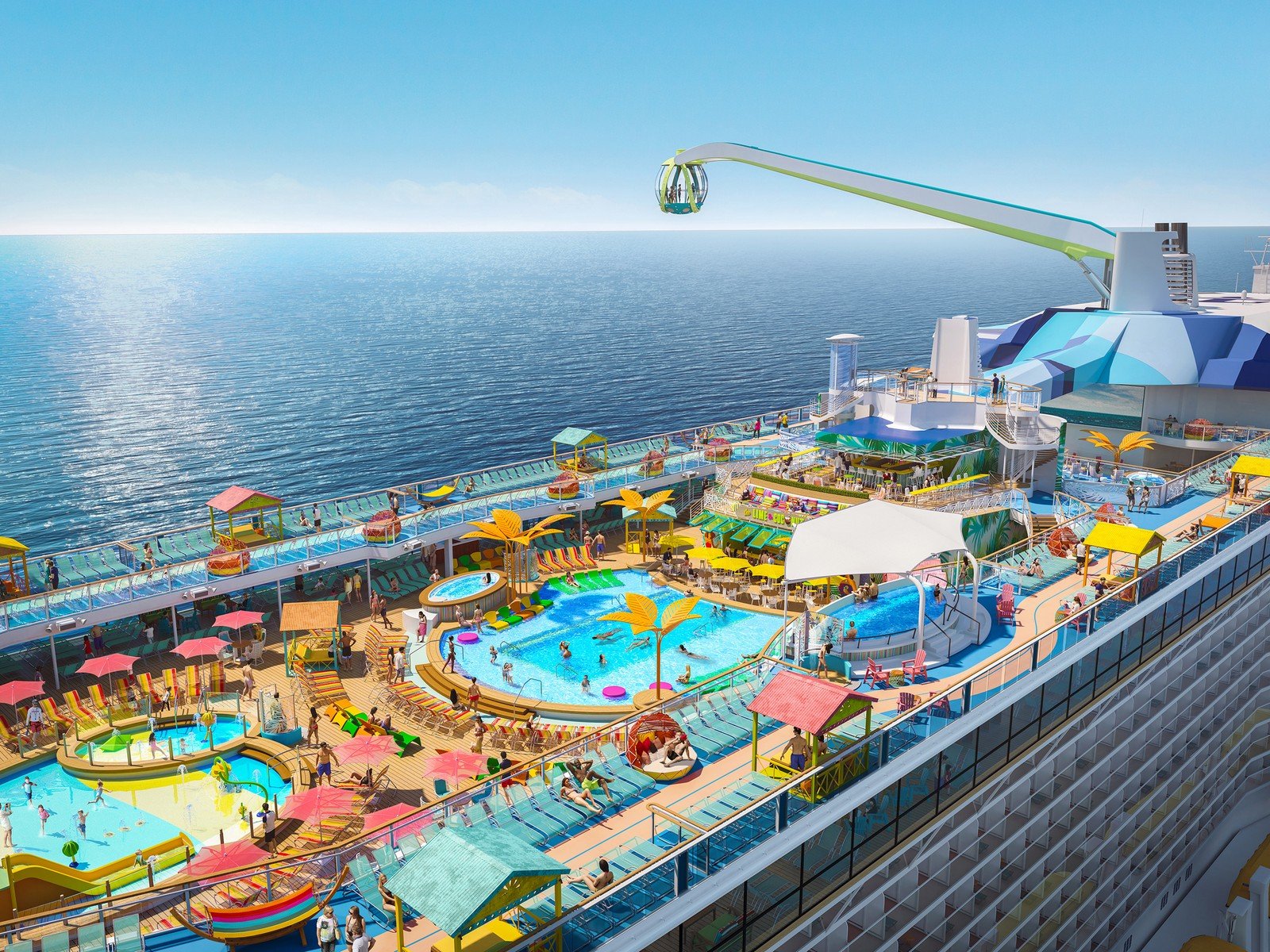
Like all new Royal Caribbean cruise ships, Odyssey of the Seas will feature some new changes and enhancements that make it stand out from the fleet.
When she debuts in Europe, Odyssey will offer longer stays in every destination and overnights across select Mediterranean cities.
In terms of features onboard, Royal Caribbean has not revealed the full extent of entertainment or things to do onboard, but here is what we do know about:
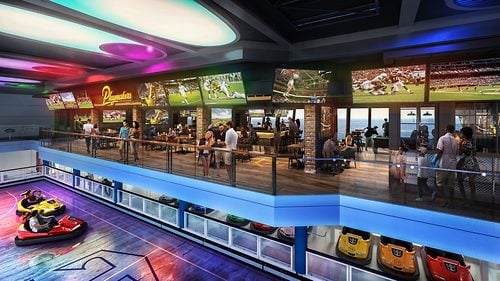
- SeaPlex - the largest indoor space for recreational activities at sea
- Playmakers Sports Bar & Arcade with club-level views of the SeaPlex
- Reimagined Adventure Ocean kids program and a maxed-out teen lounge with gaming consoles, music and movies
- Teppanyaki restaurant
- Giovanni’s Italian Kitchen & Wine Bar
- Two-level pool deck will feature two open-air, resort-style pools and four whirlpools with shady casitas and hammocks
- FlowRider surf simulator
- Skydiving with Ripcord by iFly
- North Star glass capsule
- Robot bartenders at Bionic Bar
- SkyPad bungee trampoline experience


